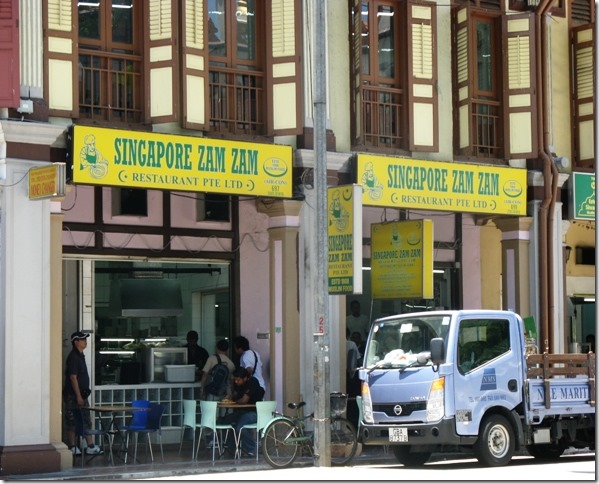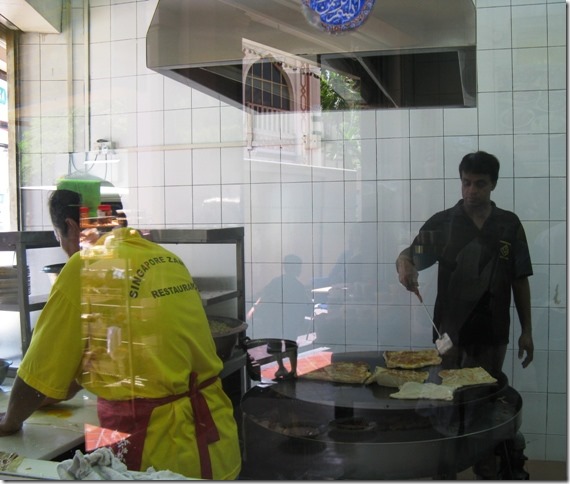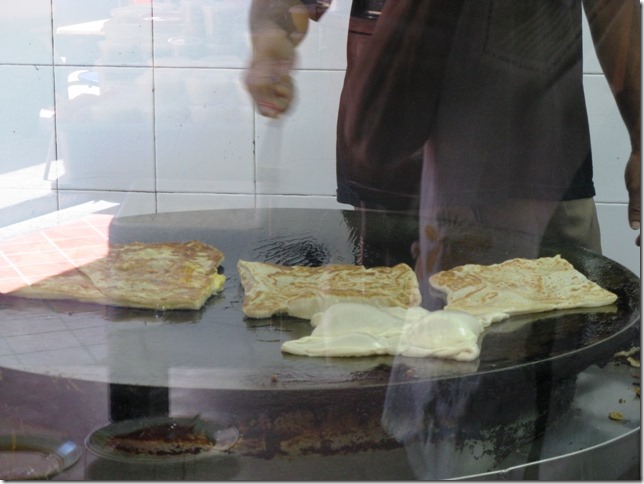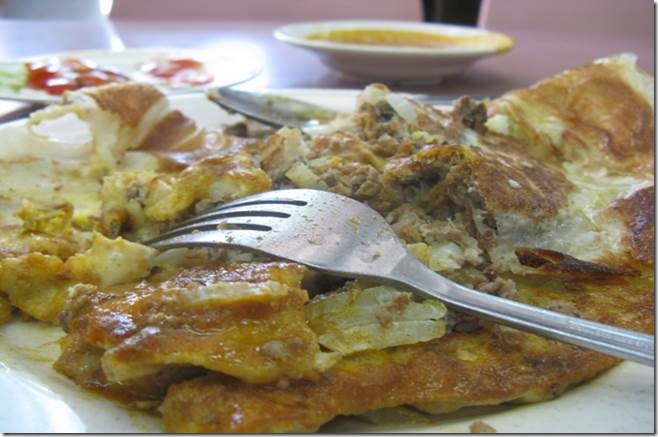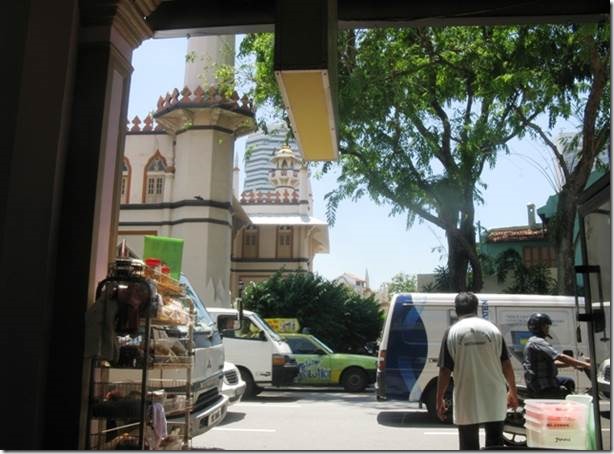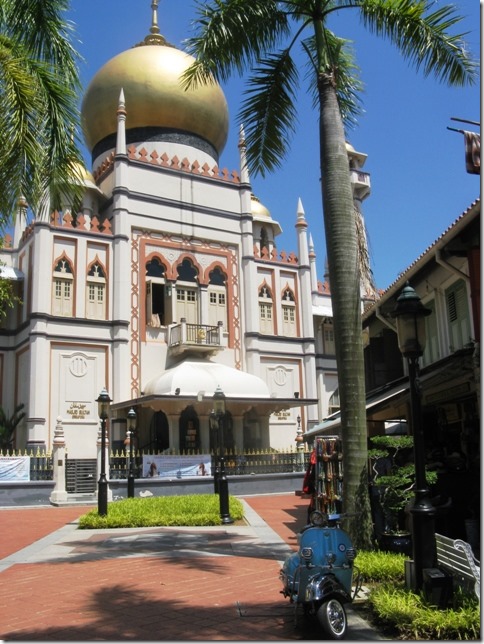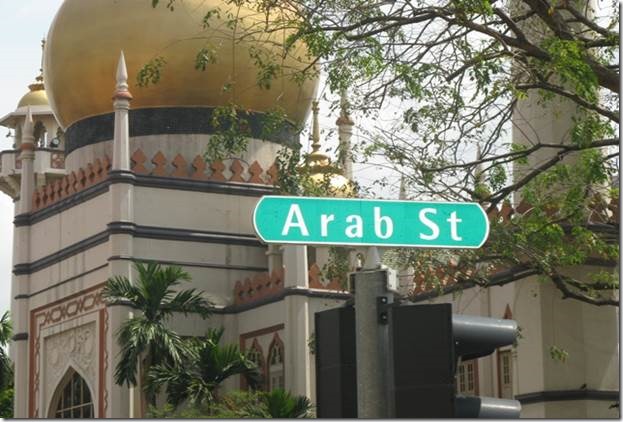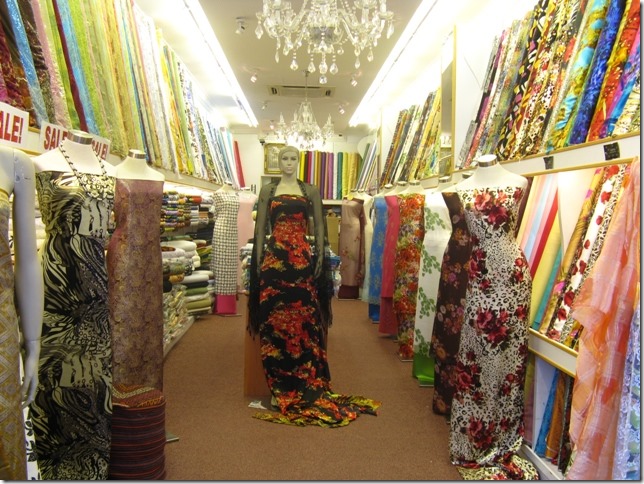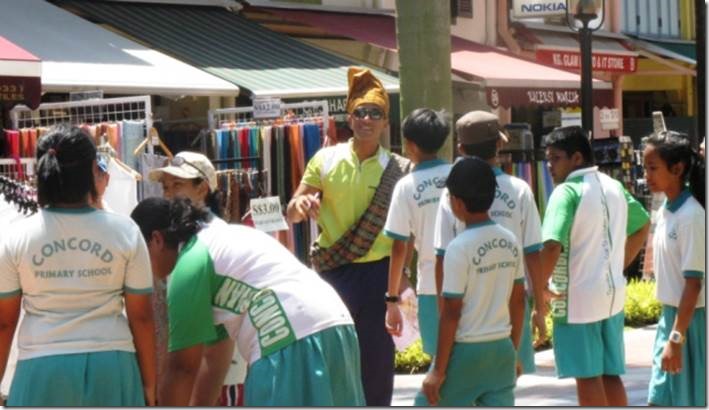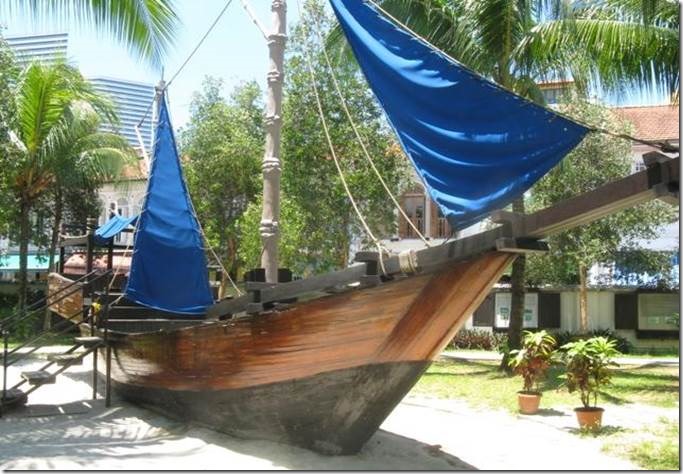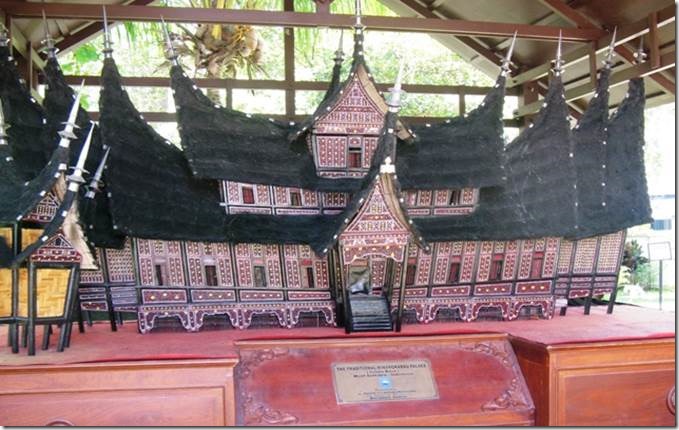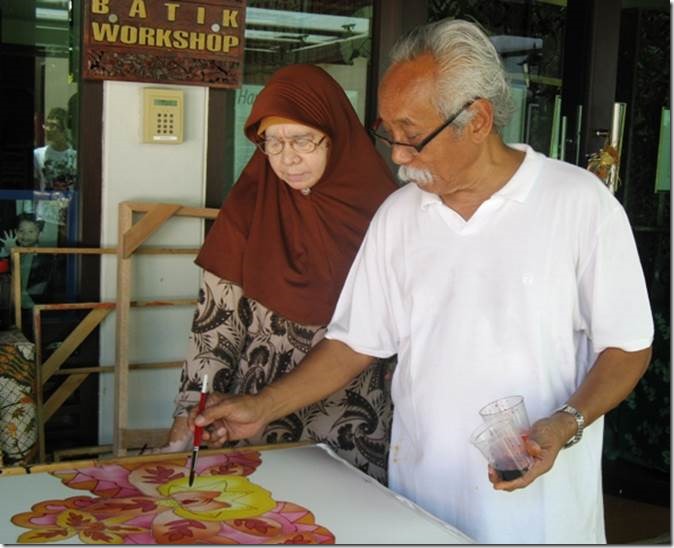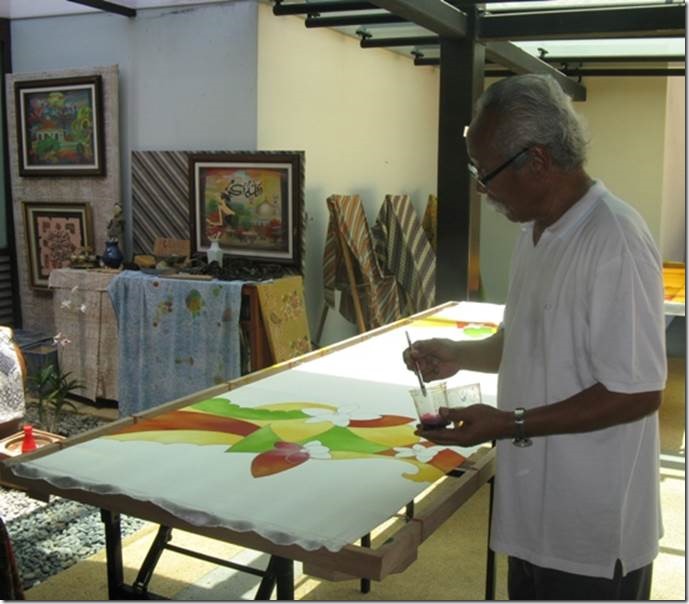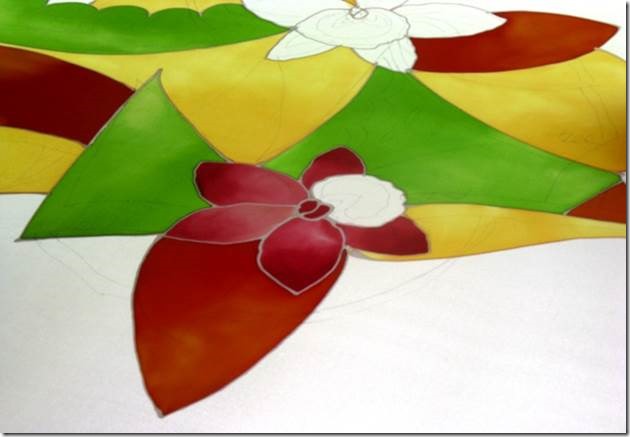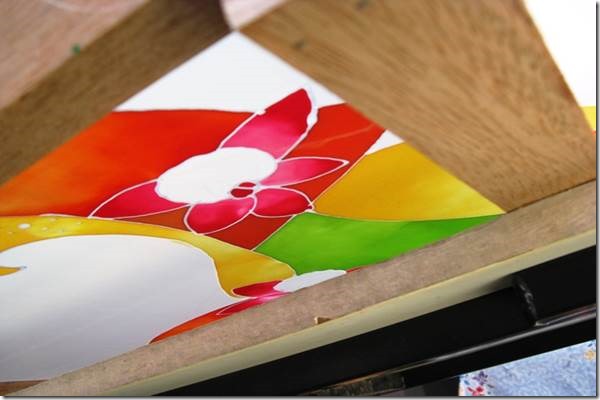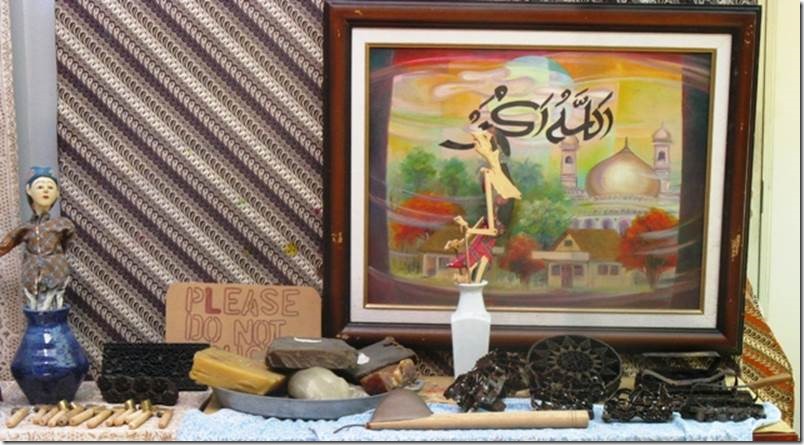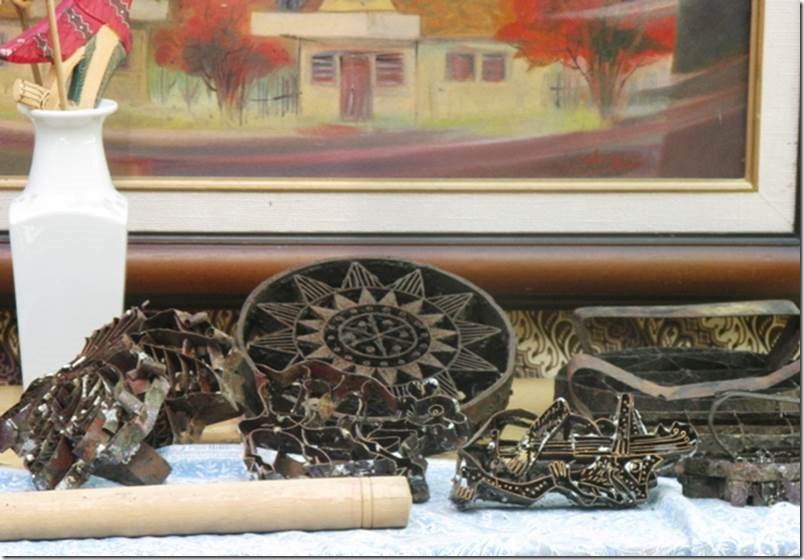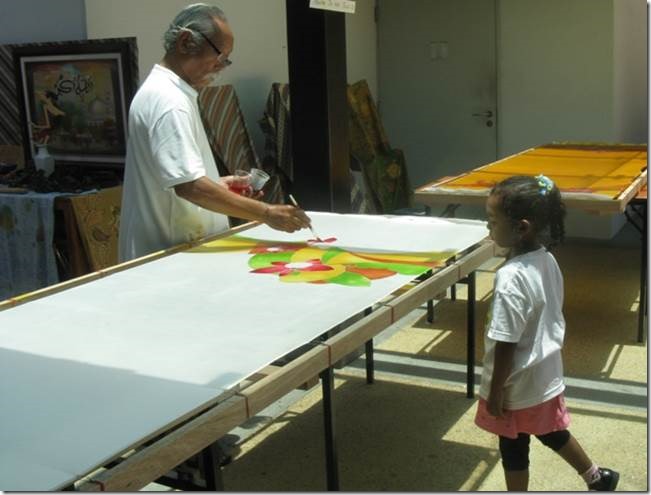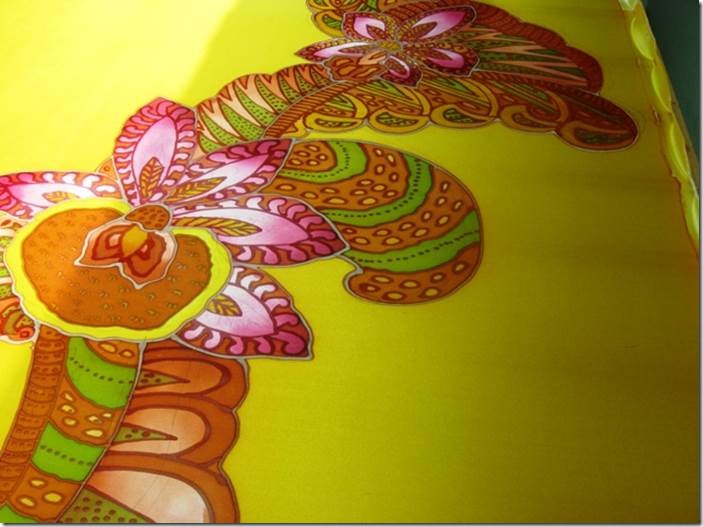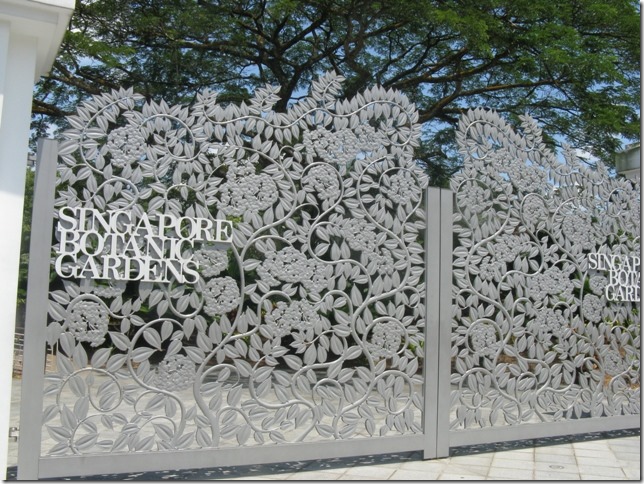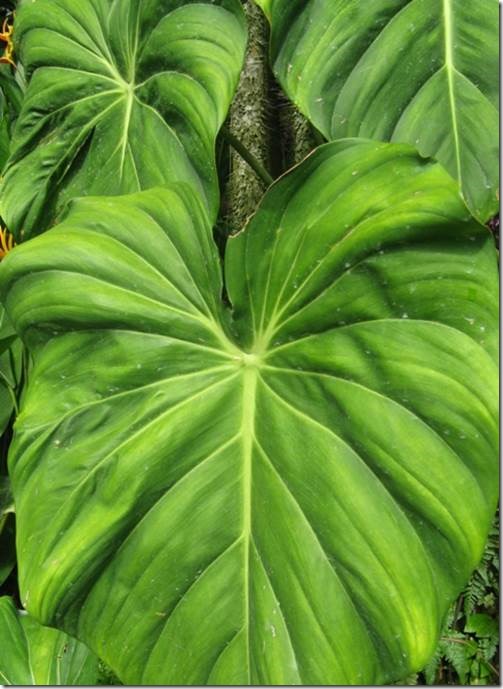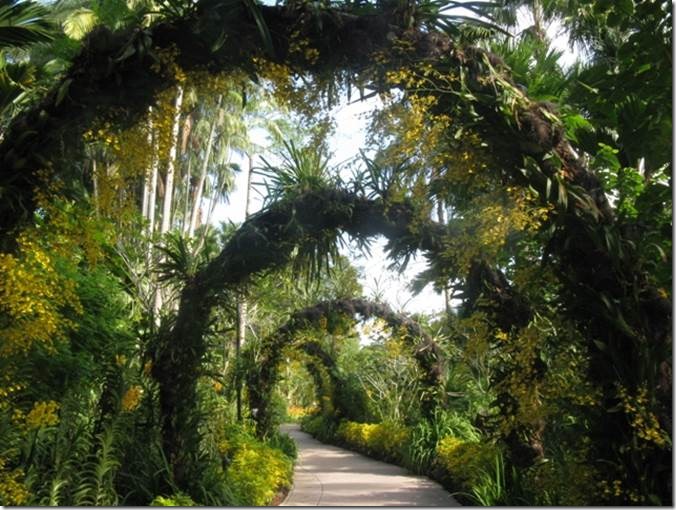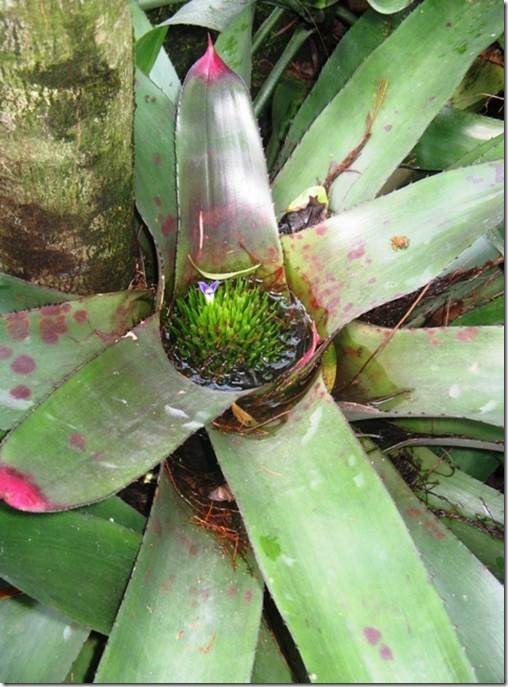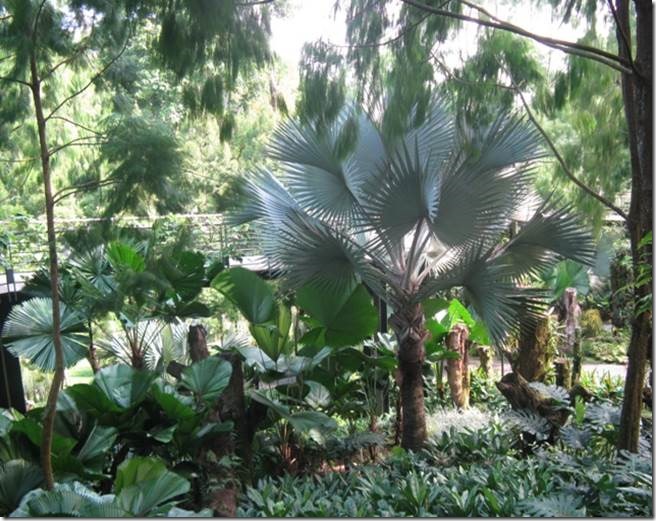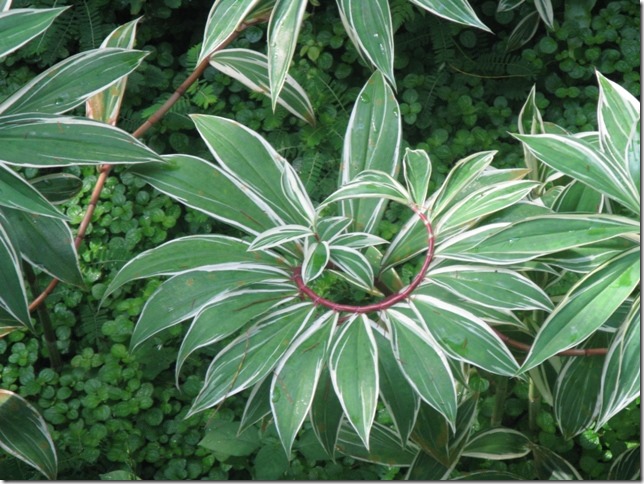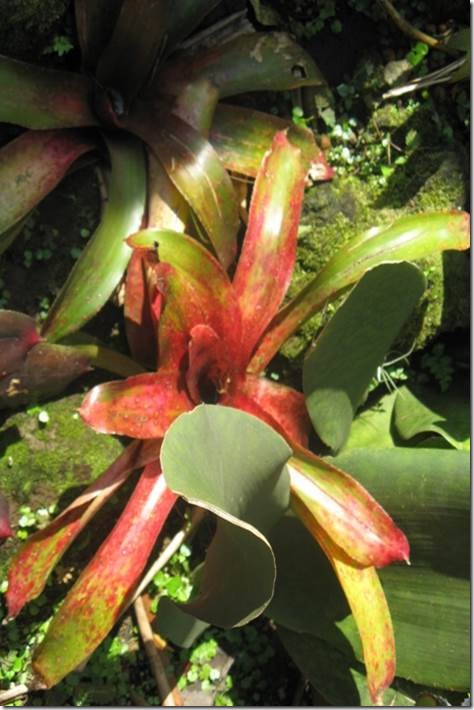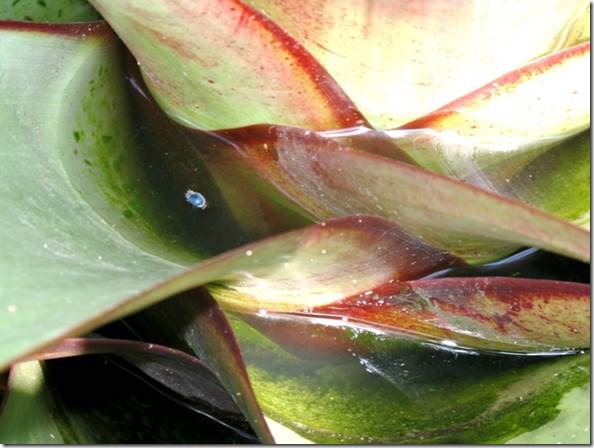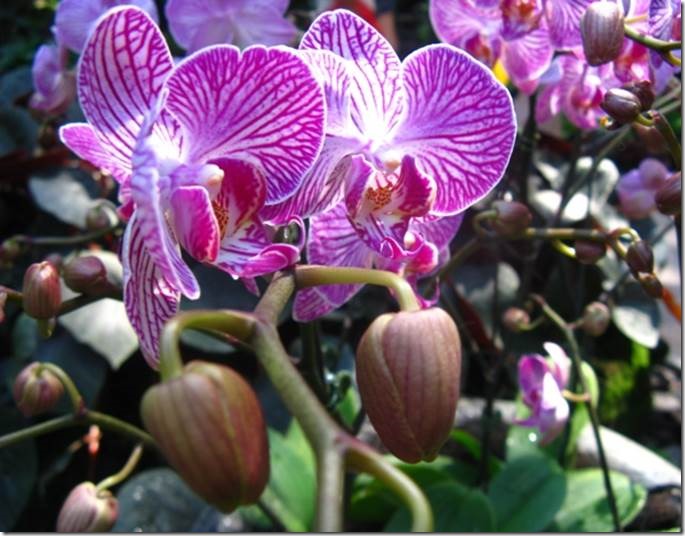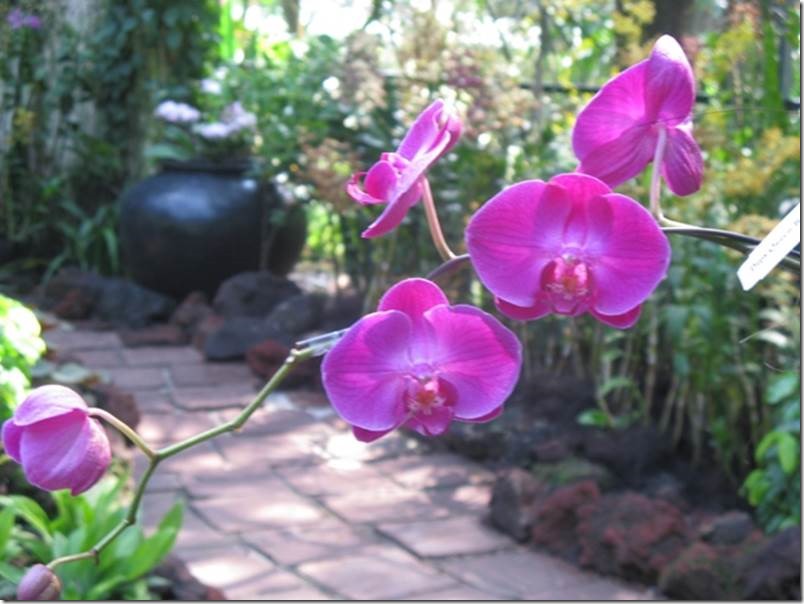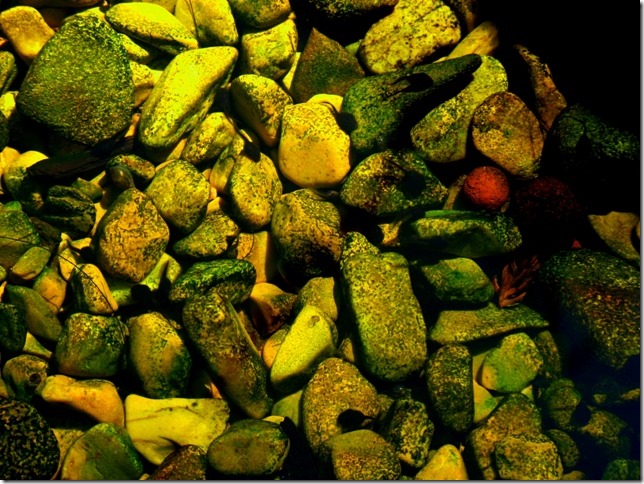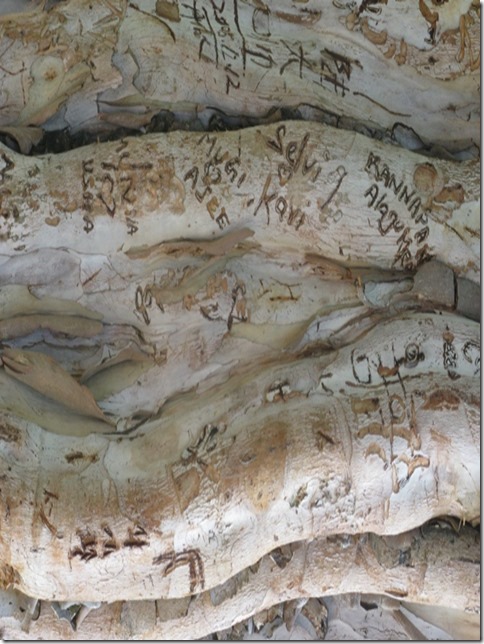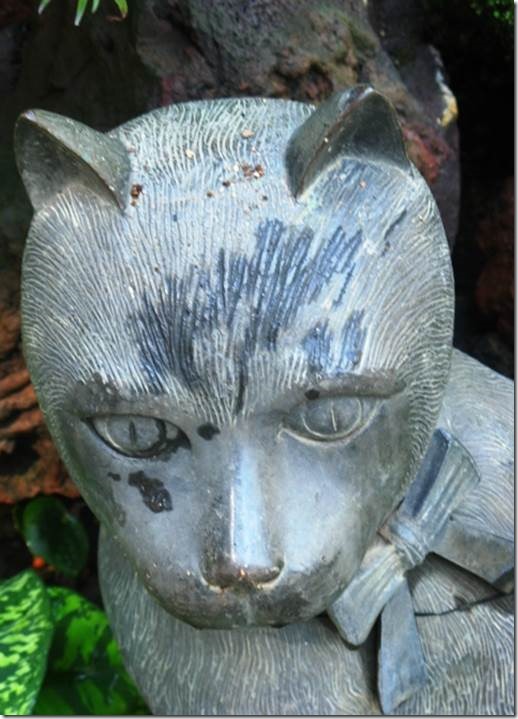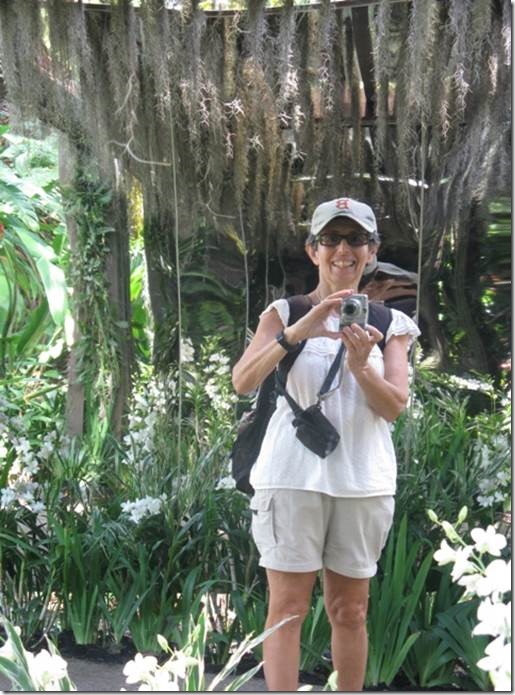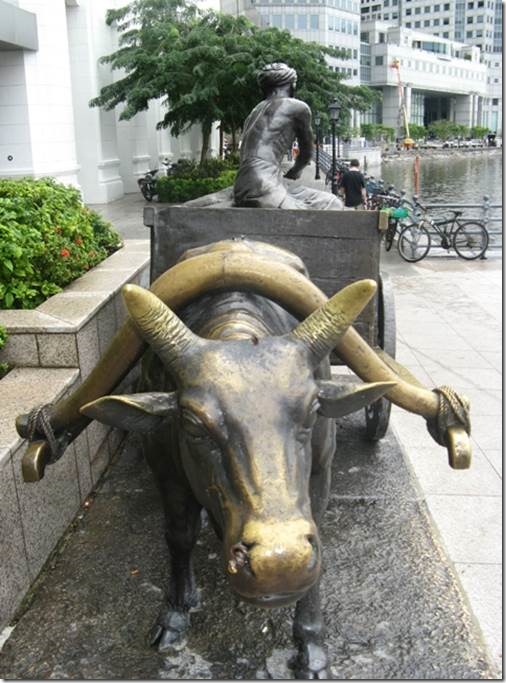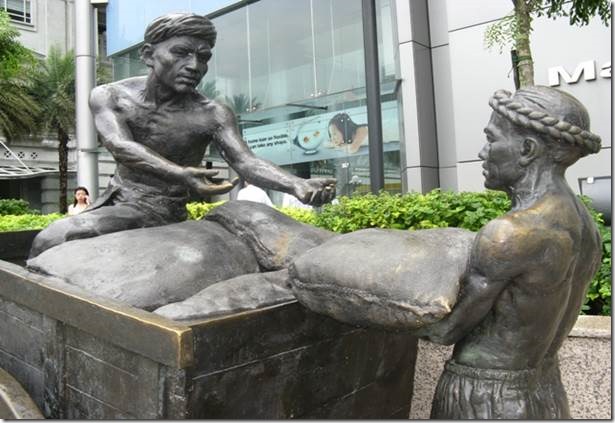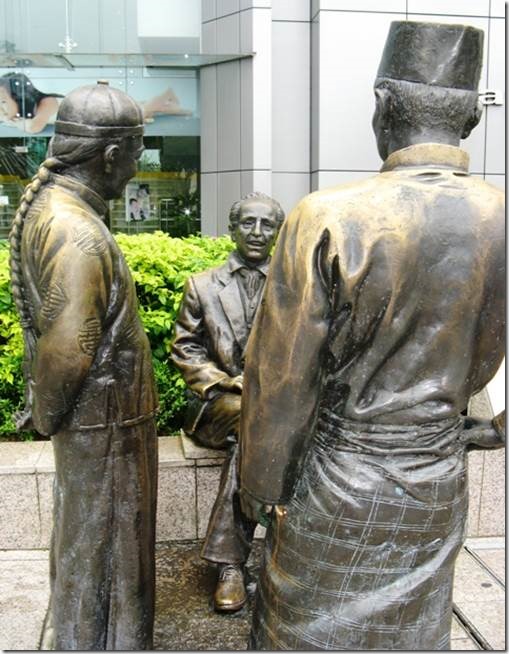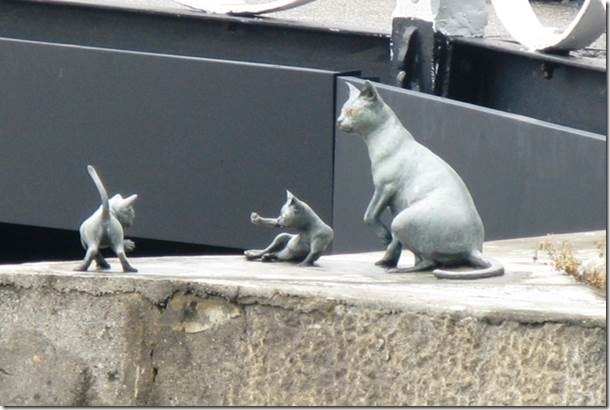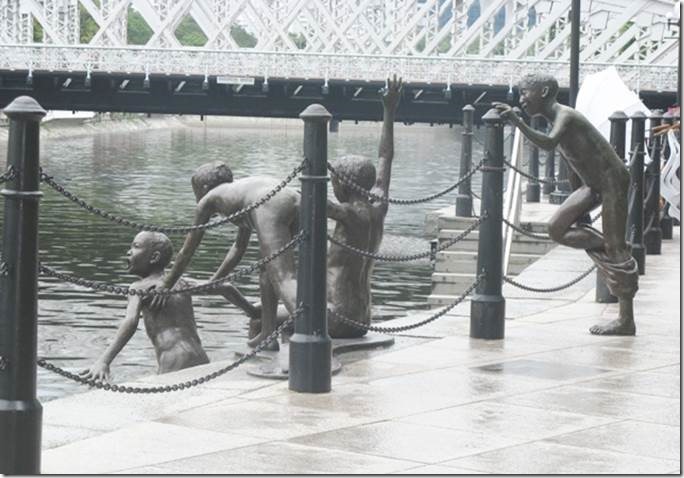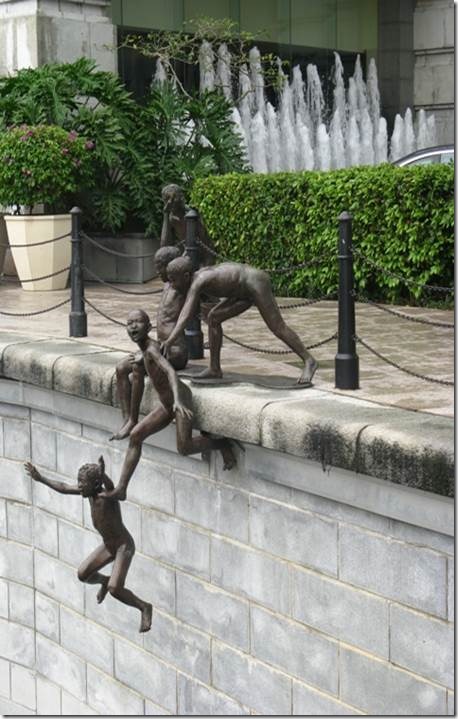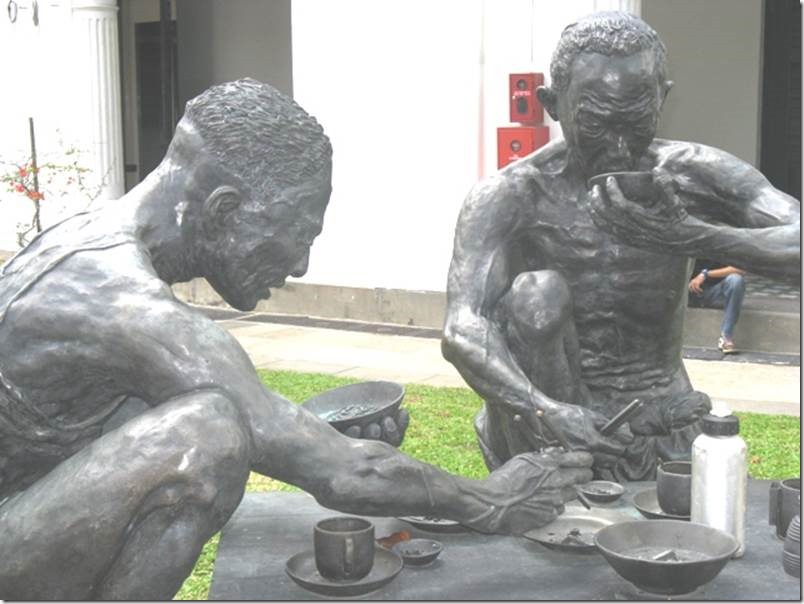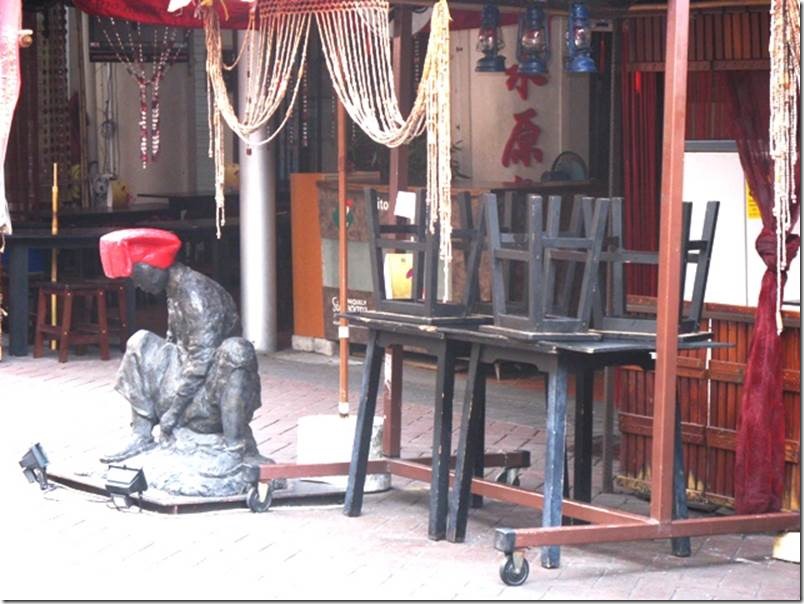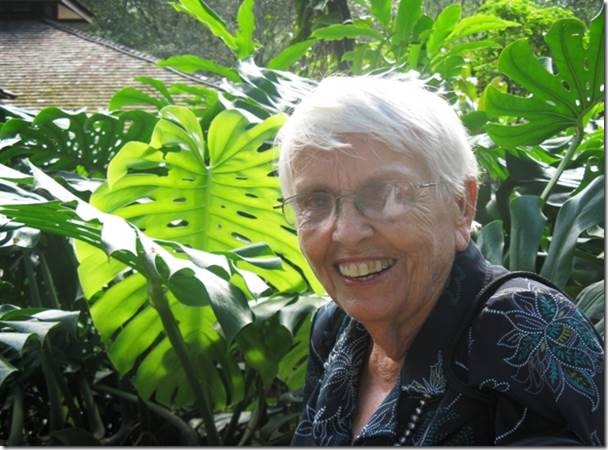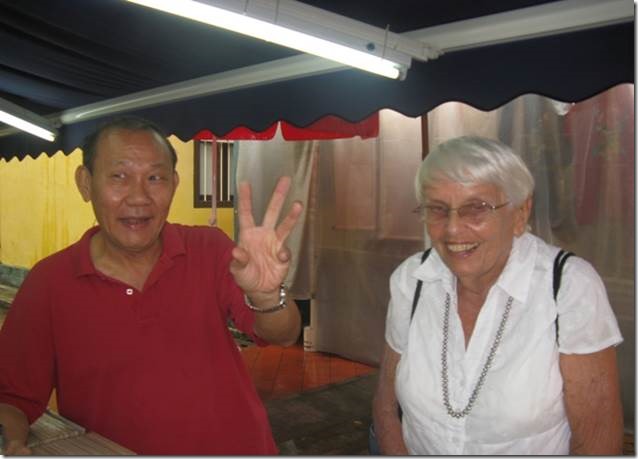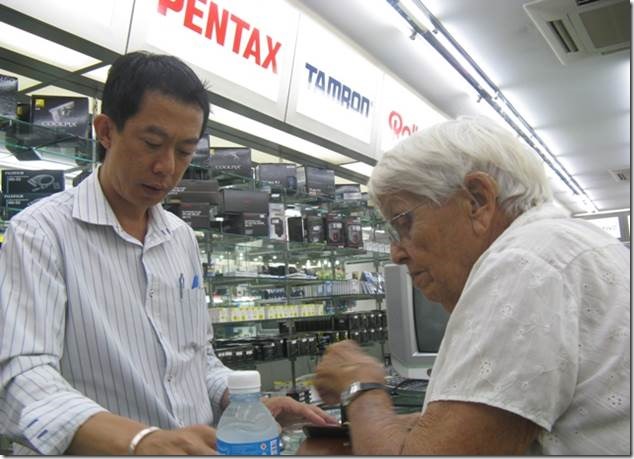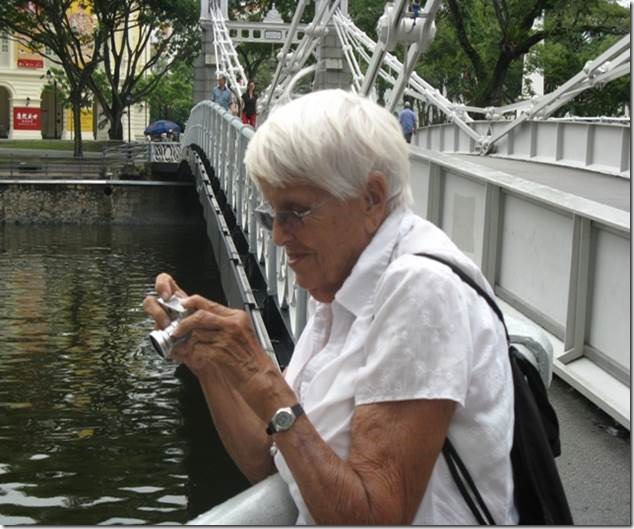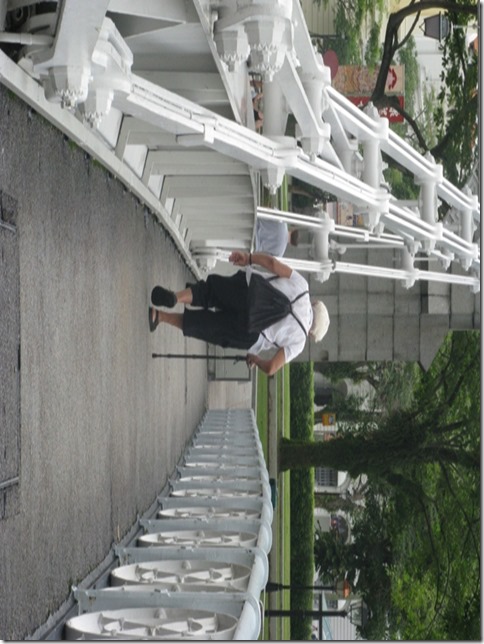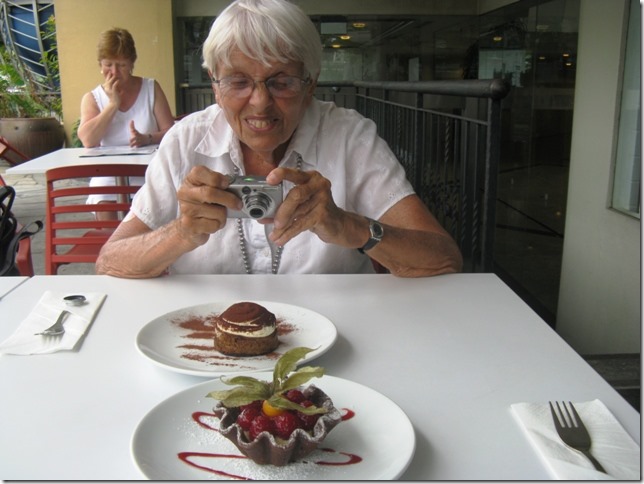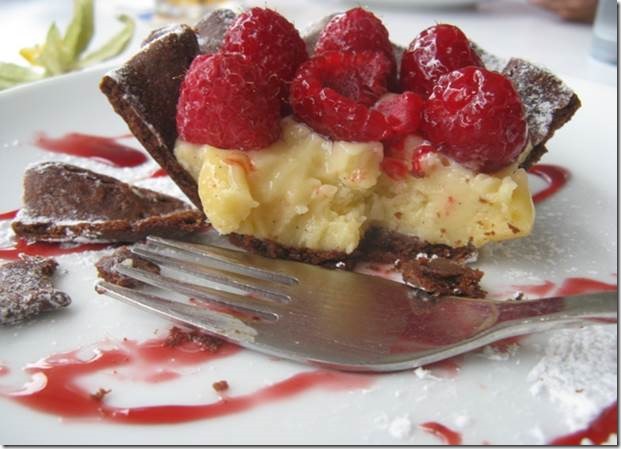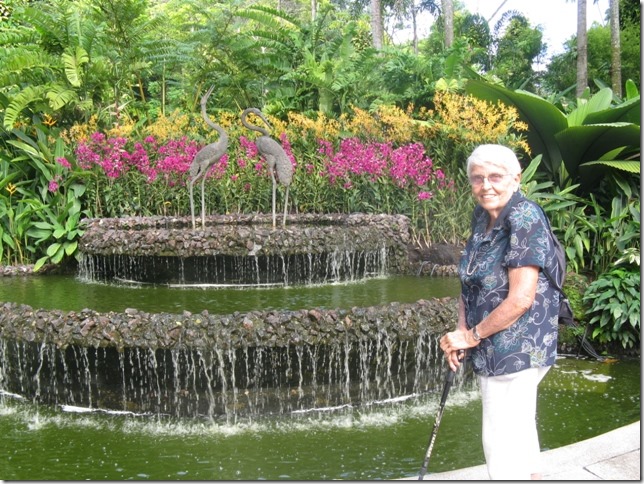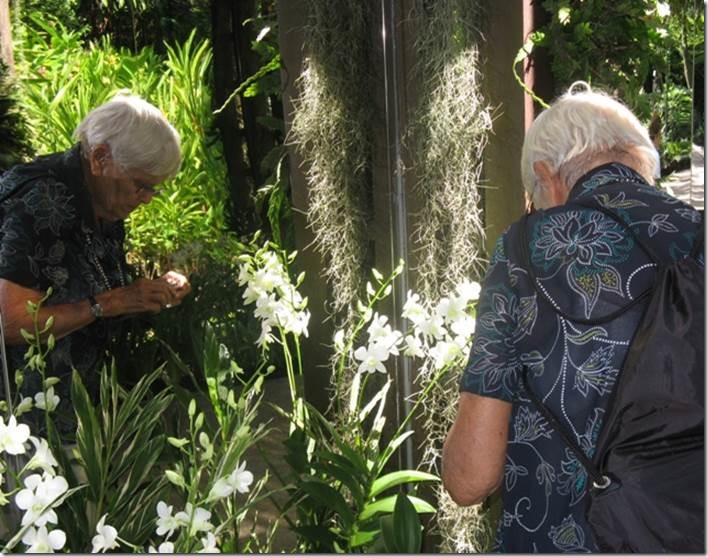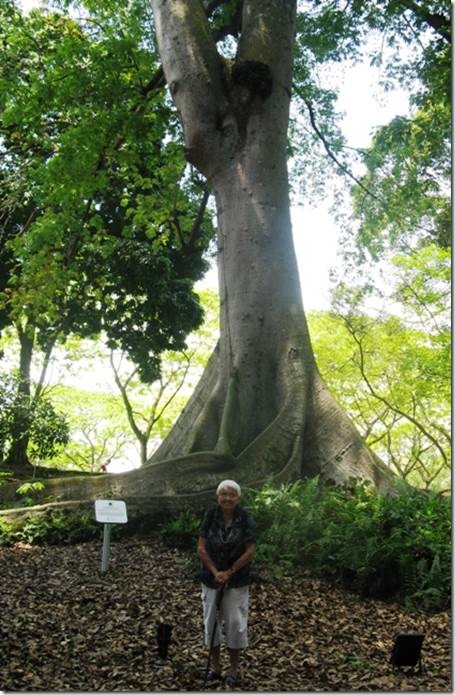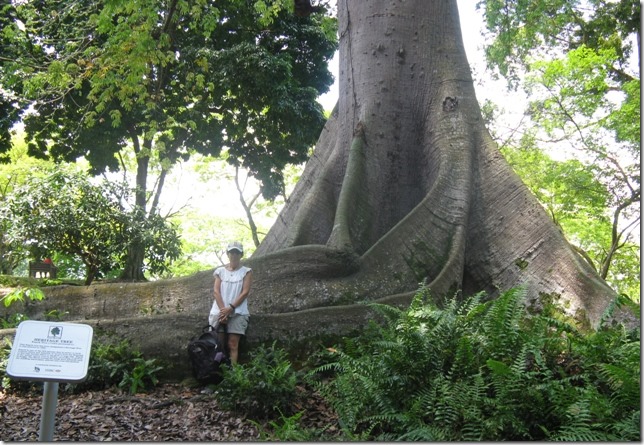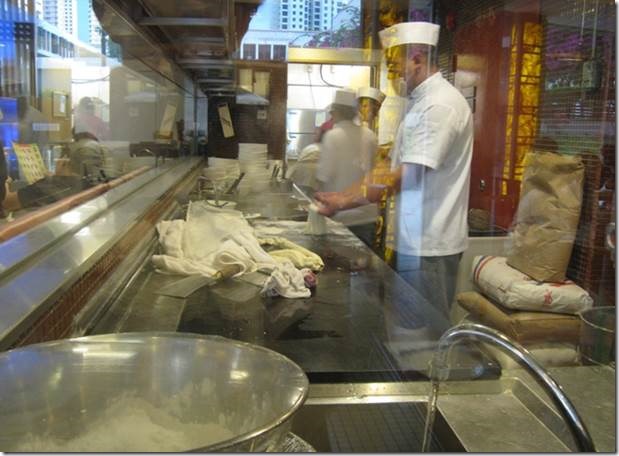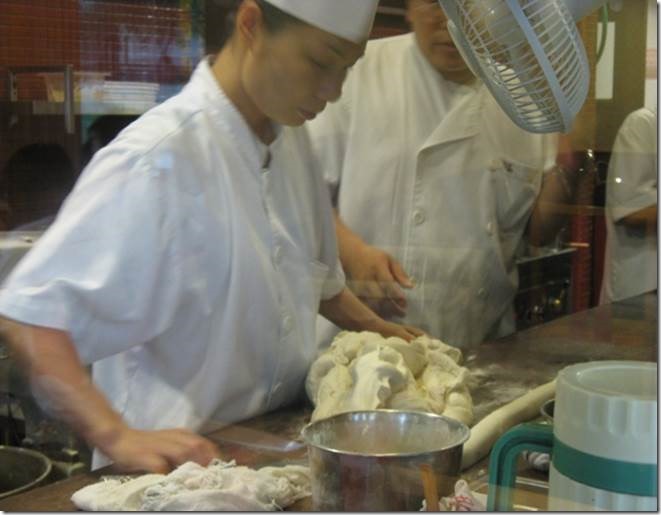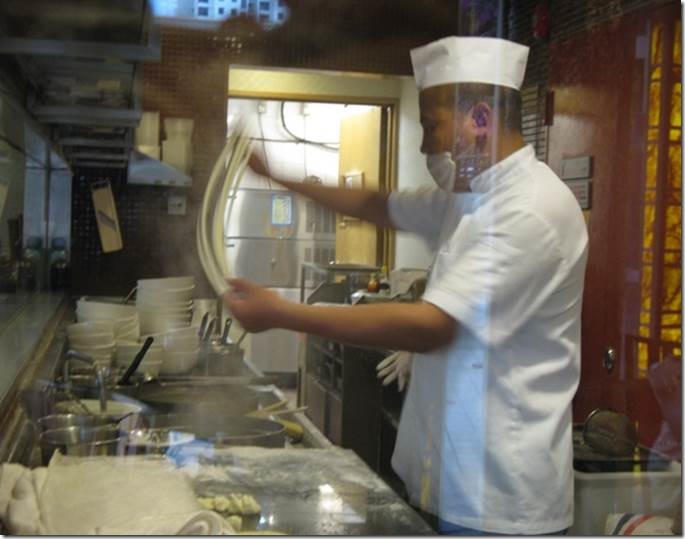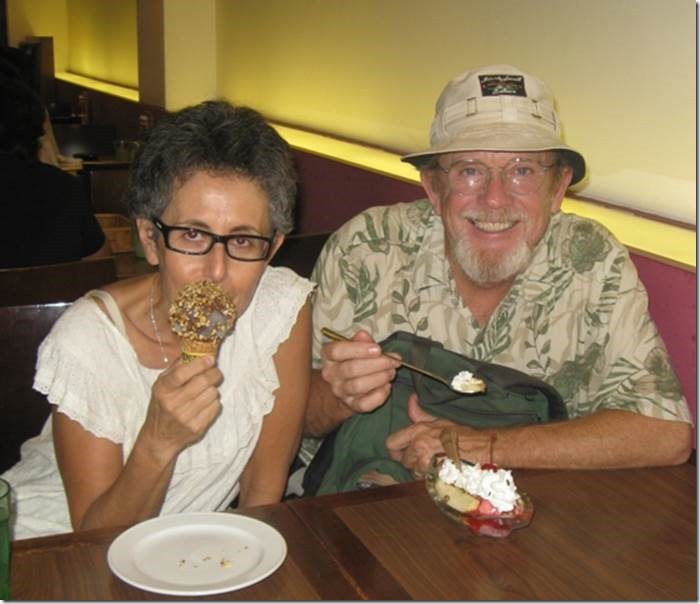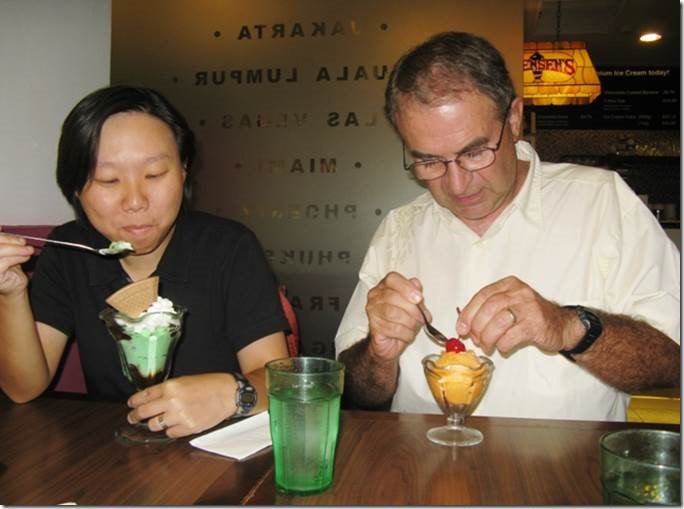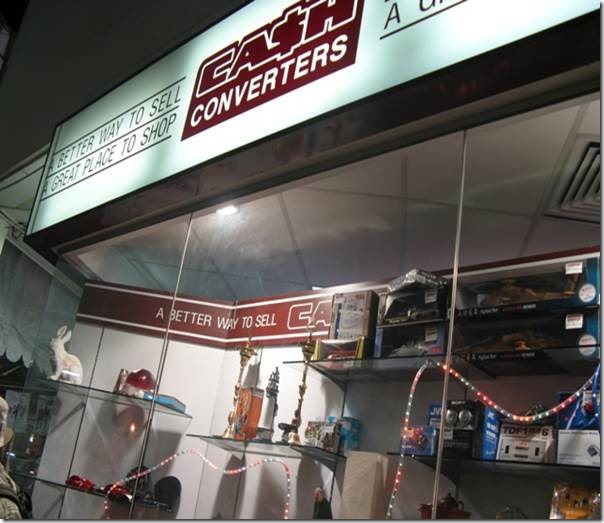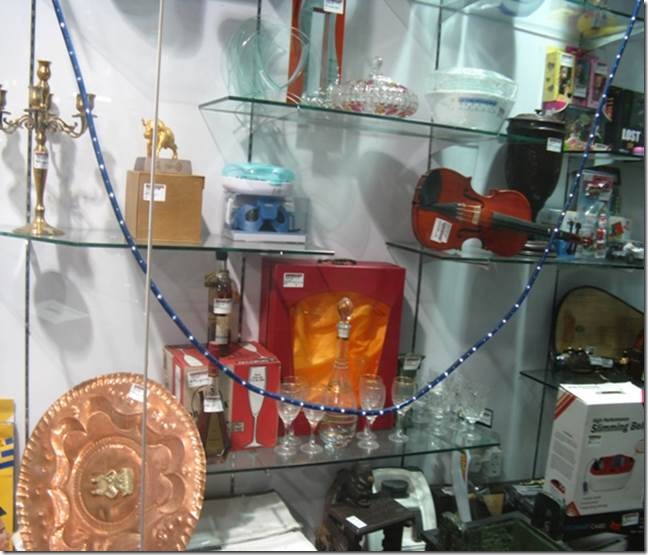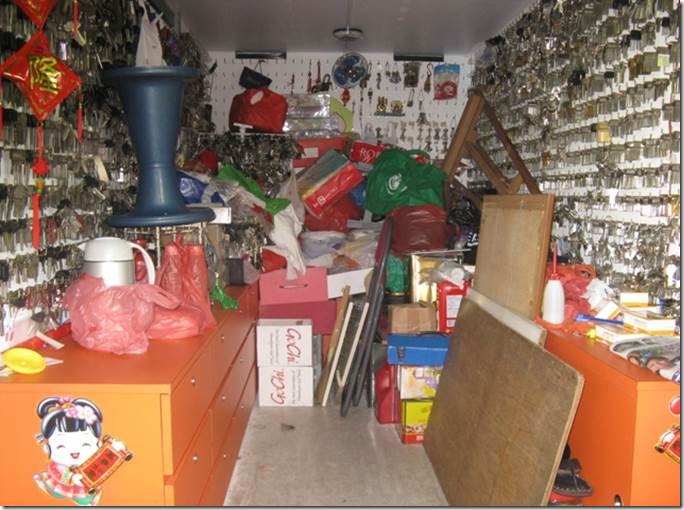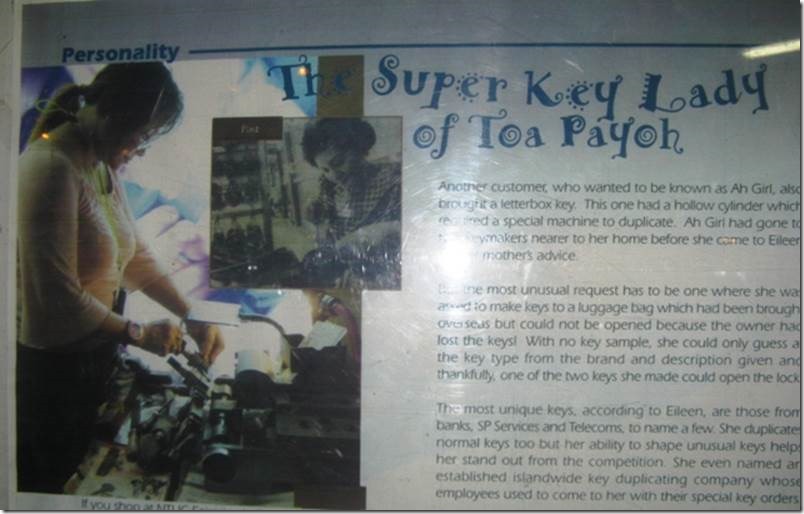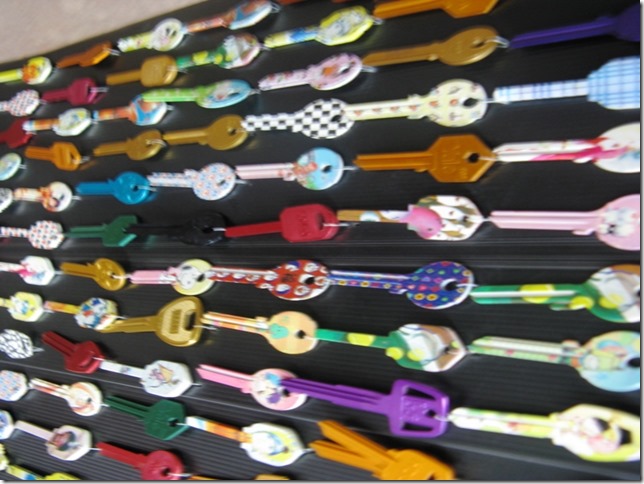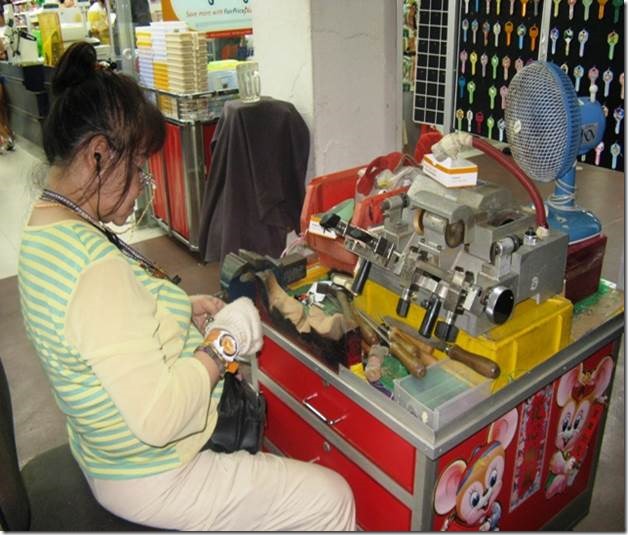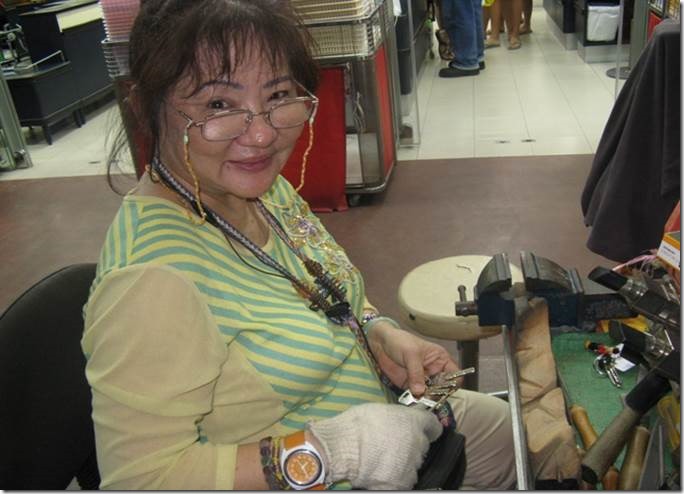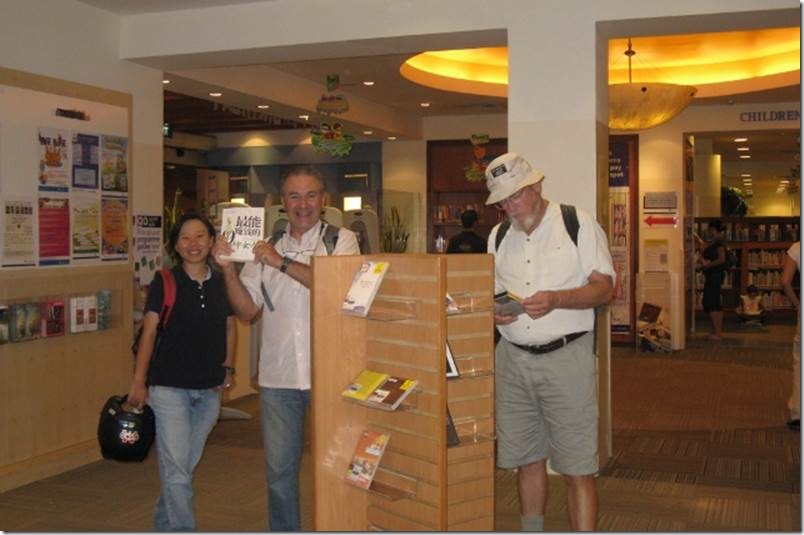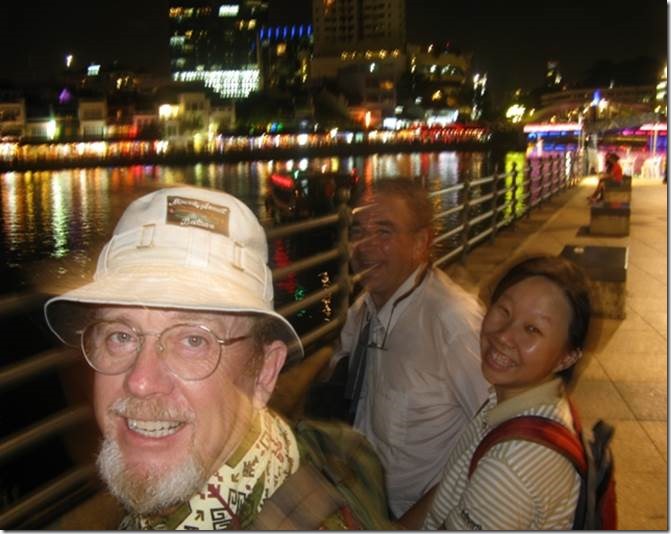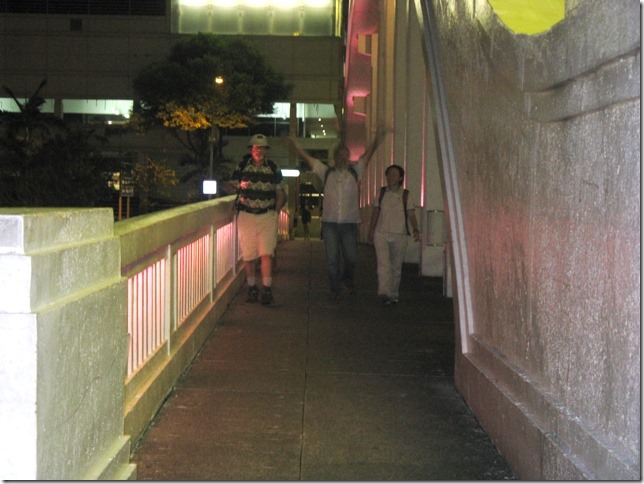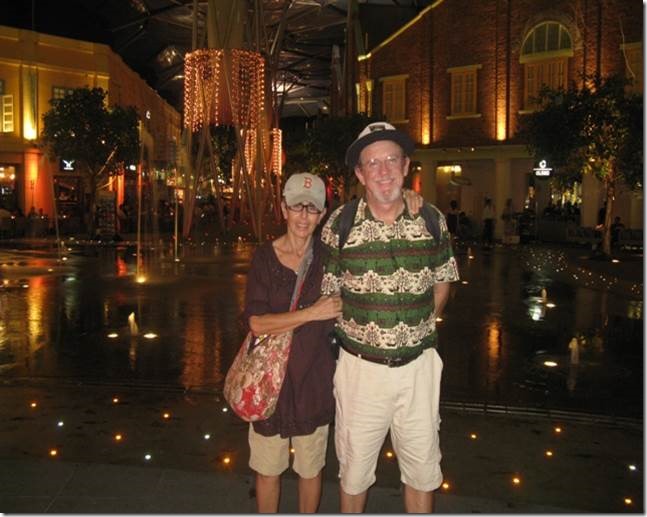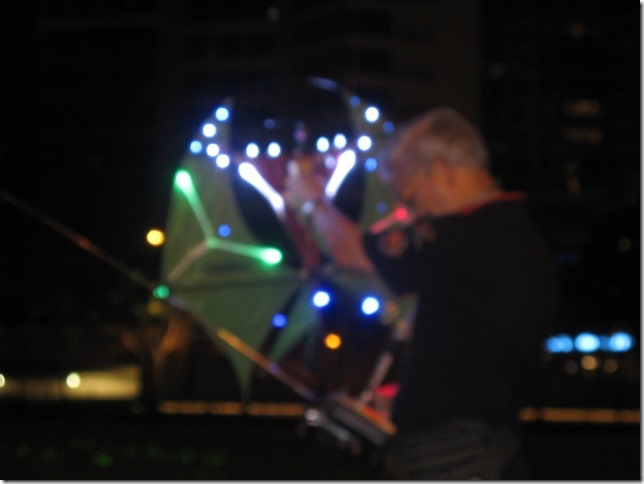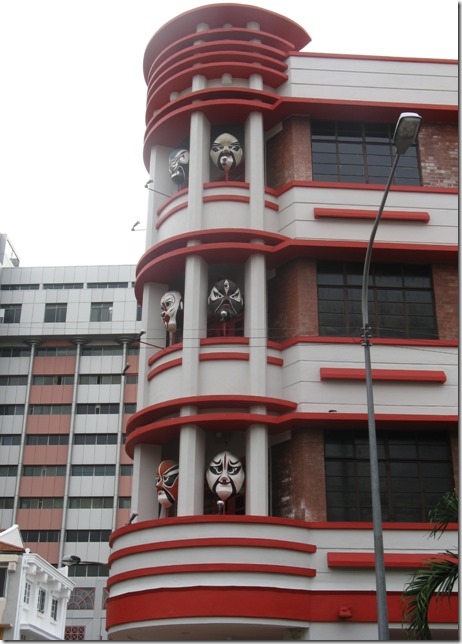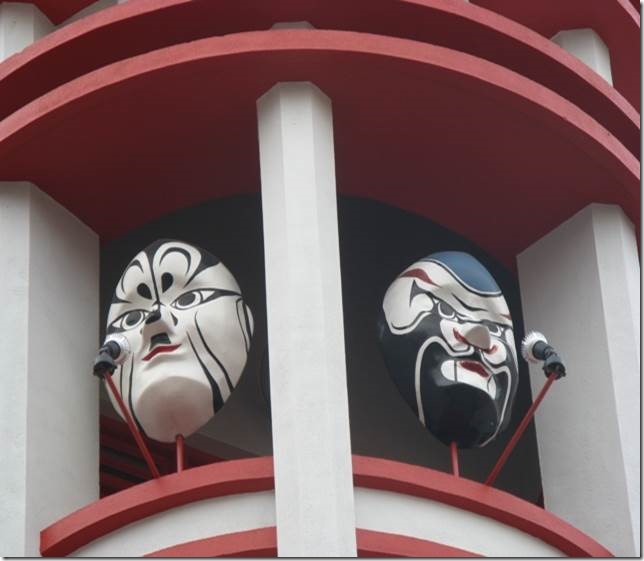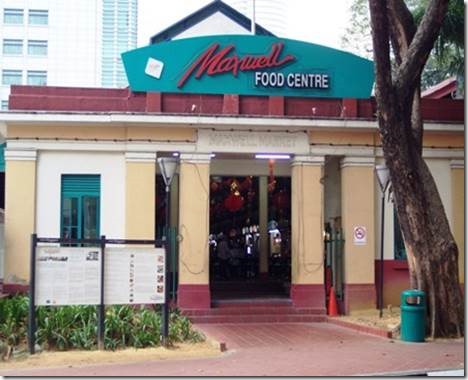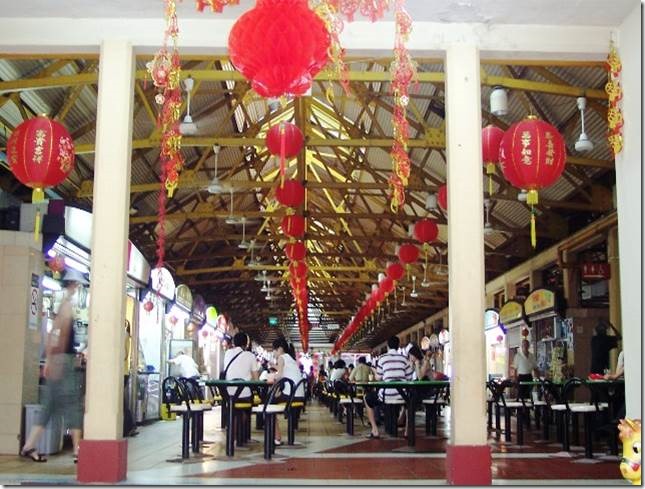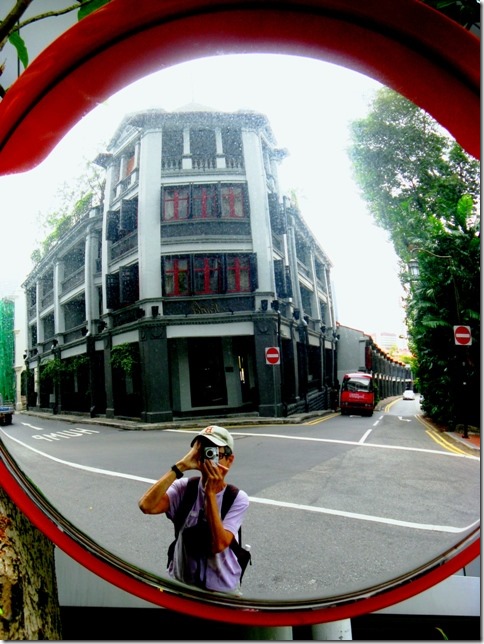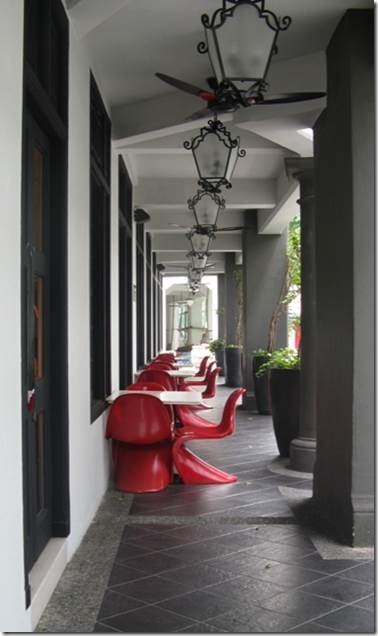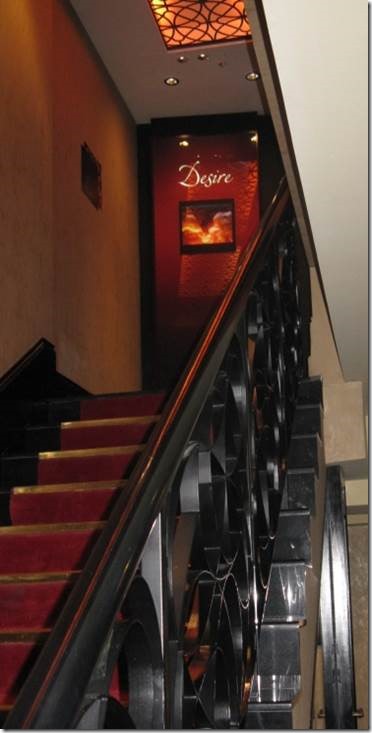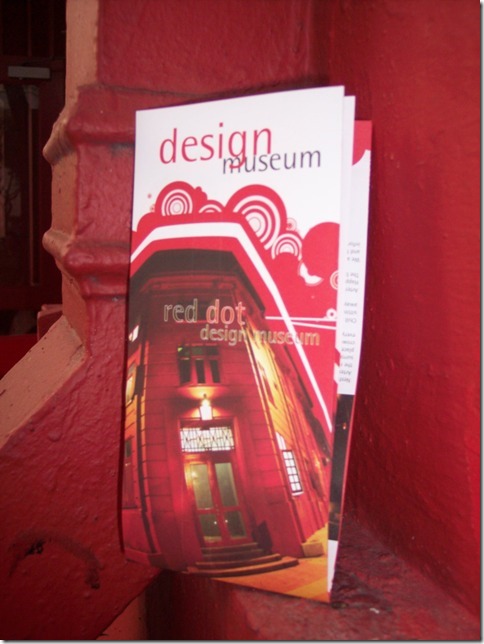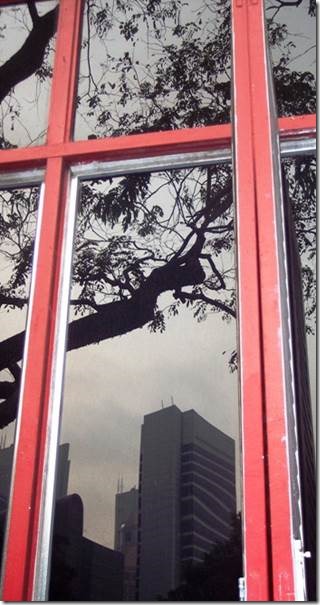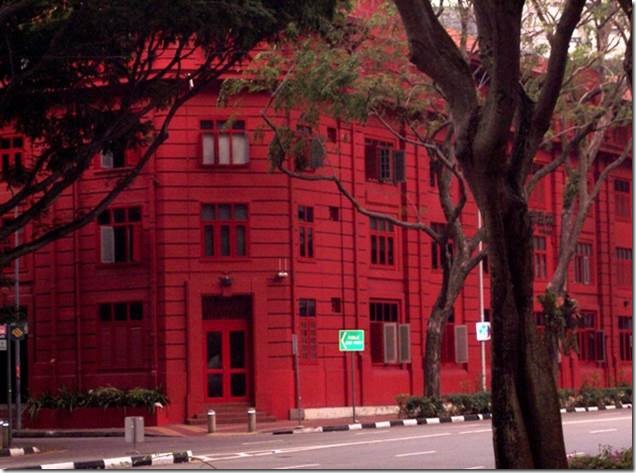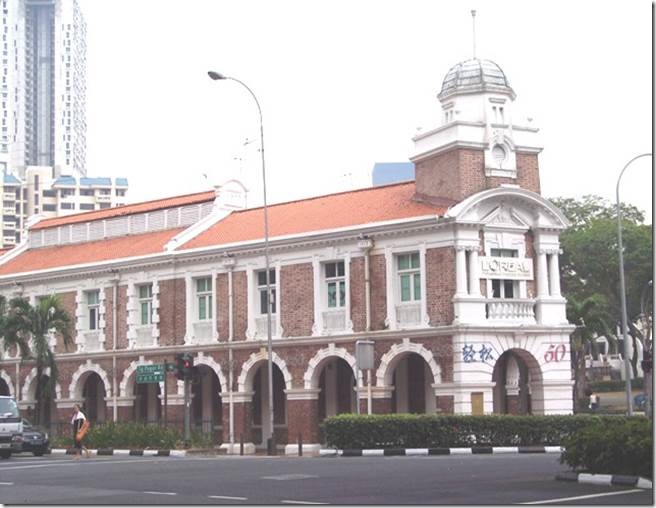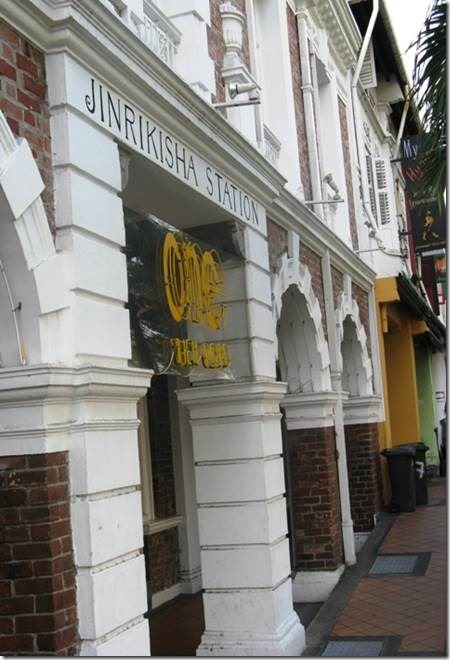Hi Everyone,
So far during our travels we have experienced Chinese New Year in China and Ramadan in Indonesia. In Singapore it was time to experience Jewish history. Jews have been in Singapore since 1819 and there are 2 synagogues. Monday I went to visit them and the National Library to finally take a look at the book The Jews of Singapore. I took the MRT to Dhoby Ghaut and set off for Chesed El Synagogue. Chesed El was the third synagogue to be built in Singapore, but since it was the farthest from the library which is nearer to the other synagogue. (The very first synagogue no longer exists having been outgrown and sold many many years ago. Synagogue Street, where it was located, is still there.) It wasn’t a long walk, but by then it was mid-morning and I was wishing I’d stopped for coffee near the MRT. With help from my map and two friendly women, I found the correct road and climbed the hill to the synagogue. I approached the closed gate and was told by the security guard that I couldn’t come inside the gate, never mind go inside the synagogue. Since I’m trying to see things not just for myself, but for everyone at home, being turned away was doubly disappointing. Then he said something about no photos. I understood him to mean no photos inside and assured him I wouldn’t take any; but he still said no. So I walked back to the sidewalk and took some photos of the outside. Then I crossed the road to see what the building with the Jewish star was across the street. I looked in the window and then took some photos and that’s when the police arrived. When you have totally no clue that you are doing something wrong; to have a rifle carrying (though very small) policeman and a larger plain clothed man confront you is extremely disconcerting and scary. Not scary that they would shoot me; but when you’re alone, in a foreign country and officials ask to see your passport; it’s scary. And of course, I don’t carry my passport so I can’t lose it. Interestingly, even without showing them any ID, they believed everything I had to say about who I was and why I was there and that I was Jewish. They asked me that right away and more than once. They did, however, insist on seeing the photos I had taken. Luckily none was of the second building, a small school which concerned them the most. They explained, it was feared, that photos being on the web with locations would help terrorists attack the buildings. I was astounded for several reasons. Being Jewish it was so very odd to be accused of wanting to hurt Jews or anybody for that matter! Secondly, I had found everything about the synagogue already posted on the web and indicated on my Singapore city map. It is an official historic landmark. The plain clothed man said he was just doing his job, and that being Jewish I should understand. Maybe I do and maybe I don’t. If dressed appropriately, I have never been stopped form entering any other religious institution that I can remember. Photos though are always iffy, but more from respect than fear. So I sort of told off this guy in a rather teary way, though then also said that I understood. And when I mentioned our website, he was very vague about telling me that I should or shouldn’t post the photos. Two opinions from the same man and he wasn’t even Jewish. Actually, my guess is that he was Muslim since the synagogue is in what is now a Muslim neighborhood. The policeman looked Chinese. It was definitely becoming a lesson in politics along with religious history. Then both of the men left me standing there somewhat stunned. Meanwhile, across the street, an older gentleman was waving from behind the synagogue fence. Oiy I thought, does he want to yell at me too? I walked over and immediately apologized for causing trouble. He waved away my apology, invited me in and said to take all of the photos I wanted. Wow! That was a turn of events. I went in still feeling somewhat of an intruder having caused such a big to do! I also began to wonder about my shorts and sleeveless shirt. I certainly wouldn’t have entered a mosque dressed like that. At least I had my head covered, albeit with a Red Sox hat. And I wished that I had already skimmed
The Jews of Singapore so had more questions. I did later that day at the National Library. Anyway, I was told that this was a Sephardik synagogue different from the Ashkenazim I had grown up in when I asked about the platform in the middle of the room. He was a very nice man and if services weren’t at 7 something in the morning, I would go. But the first bus doesn’t even leave the marina until 7:30 am. And, though you can find photos and addresses for the Chesed El Synagogue on the web, I’ll not post them. I’ll just post the ones I took inside.
Chesed El was built as a private synagogue by Sir Manasseh Meyer. It was on his property next to his home. To have a service requires a minyan, traditionally 10 men. Because of the location of Chese El there weren’t enough Jews in the area to make up a minyan so Meyer had to have them brought to Chesed El. I read one story saying he actually had to pay them and that eventually they struck for more pay. Oiy!!!
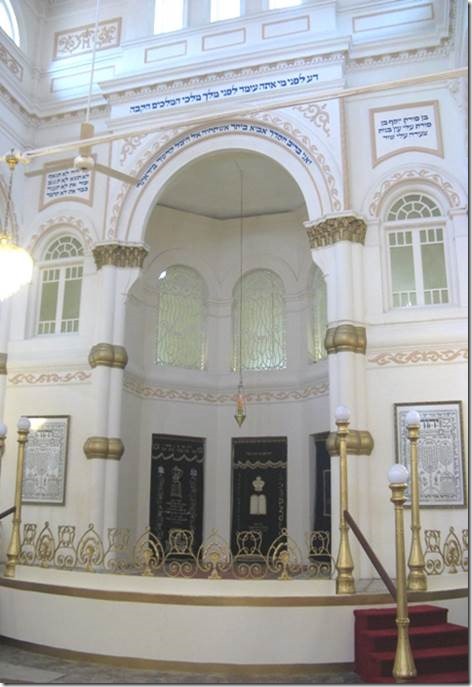
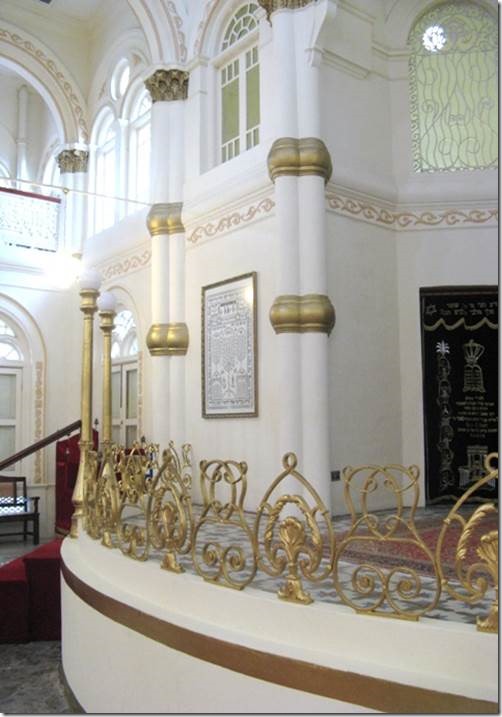
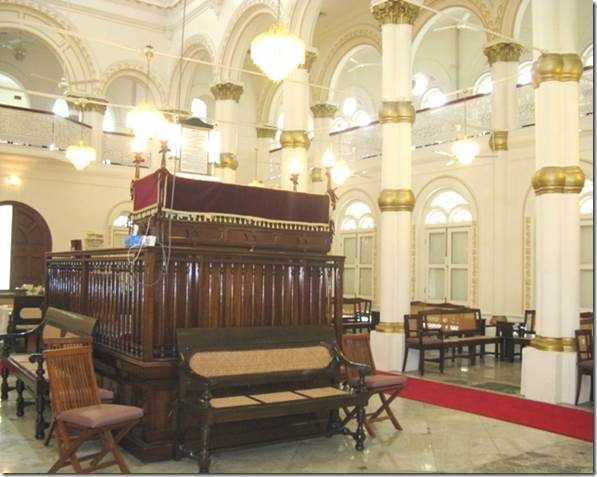
The Bima with the Torah Close-up of the decorative work This is where the Rabbi leads the service located in the center of the room.
So then I thanked the kind man who seemed as if he had seen it all already anyway, made a small donation, and left. I wasn’t sure then how I felt about the whole thing, and still don’t. I walked back to Orchard Rd and towards the second synagogue almost stopping at the Coffee Bean for a drink, but decided I didn’t need a Starbucks’ priced cup of tea. Should have stopped there since it is mentioned as being started and owned by one of the Jewish leading lights of Singapore. Instead I continued on to the Maghain Aboth Synagogue on Waterloo Road. It turned out to be just across the street from the art museum. When I walked out the door of the museum gift shop, if I had just looked across the street I would have seen it. So I was surprised when I finally discovered that fact. There was a gate too and a guard house. So I went expecting another “interview.” But no, they were lots looser. It was just that some VIPs were coming in 5 minutes to visit the synagogue, and I sort of would be in the way so I should come back at 2 pm. It was 11:00 am but I figured this was my day for synagogues so I would come back. I continued walking and was soon at the Bras Basha Complex at my favorite used book shop. I bought 2 books @ 2 Sing dollars each and continued to the National Library, just next door. They have a small restaurant and I could order the mushroom breakfast omelet because it was before 11:30 am. It came with toast and tea.
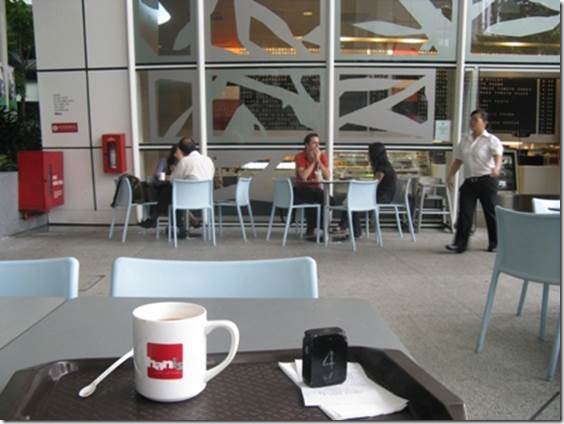 Here’s my tea and I’m waiting for the omelet to be delivered. Total cost 5.20 Sing which is what a small drink in The Coffee Bean cost.
Here’s my tea and I’m waiting for the omelet to be delivered. Total cost 5.20 Sing which is what a small drink in The Coffee Bean cost.
After lunch I went into the library to the 7th floor reference room. I knew they had a copy of The Jews of Singapore and also a pictorial history of the Tanjong Pagar area. Backpacks aren’t allowed but they have free lockable lockers. I went into the reference room looked up the books’, call numbers. The reference librarian told they were on the 11th floor. I went up there, found the books and spent about an hour reading and freezing since I had left my shawl in my backpack. Most tables were at least half full so I shared with two men. The place was quiet! I skimmed both books. The Jews…told lots about the growth of Singapore and its history up to the present. The Tanjong Pagar book seemed to be filled with mostly photos form the 1960s and I was more interested in the early history. About 1:30 I gathered up my stuff, put the books in the “to be reshelved” bin, and went down to retrieve my backpack. Then, since Commercial Straits Arts was just across the road, I went there to buy some more watercolor paper. It isn’t easy to find art supplies when out cruising, so I wanted to stock up a little at a time. I learned about the cotton content of the paper because the people who work there are very knowledgeable and patient. I paid up, went outside and watched the sky open. It was a downpour. So I went back across the street to the library to the circulating books to browse the watercolor books. There were absolutely no seat there. All of the tables and chairs were full and the upholstered benches along the walls were occupied too. I just sat down, yet again with 2 men where there was room for four on some very large benches. I skimmed the books for a while until I guessed the rain had stopped. The circulating library is in the basement of the National Library building so it was hard to tell what the weather was doing. The place was packed but quiet. It was good to see a library so busy and it still will be my biggest disappointment that I can’t have a card.
Back outside and the rain had mostly stopped. I walked back to the Maghain Aboth Synagogue. The guard opened the gate and told me I had to leave my stuff with him and just take my wallet and camera. I joked that I would be sorry without my umbrella if it started to rain again. He said there were umbrellas in the Synagogue to use to walk back to the small guardhouse. ( It did rain, and no there were no umbrellas, but the distance was short and I walked fast. ) I also had to show him my Virginia Driver’s License which I do carry and he wrote stuff down and gave me a visitor sticker. Then I walked over, went in, took the photos, and came out. There was no one inside to answer questions. Too bad. I might have to go back. There is a small restaurant in the Jewish Community Building next door.
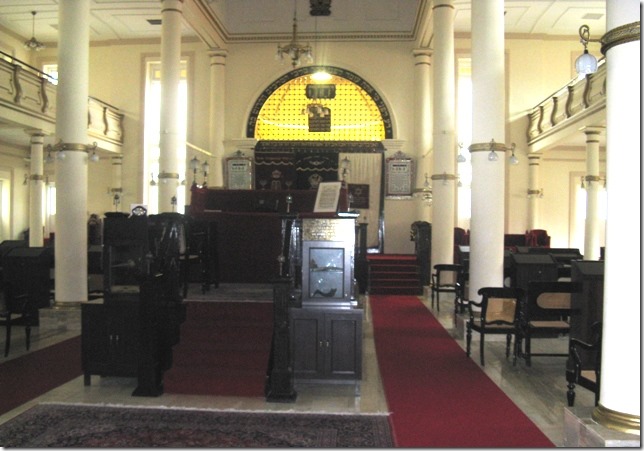
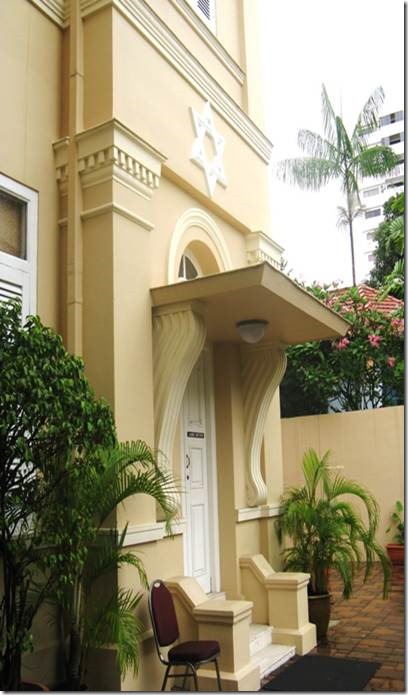 This is the ladies entrance.
This is the ladies entrance.
Both synagogues have the center platform where the rabbi leads the service. They both have balconies. They both have separate seating for the women since they are Orthodox synagogues. You can see a Persian rug on the floor, very appropriate since many of the Jews came from India.
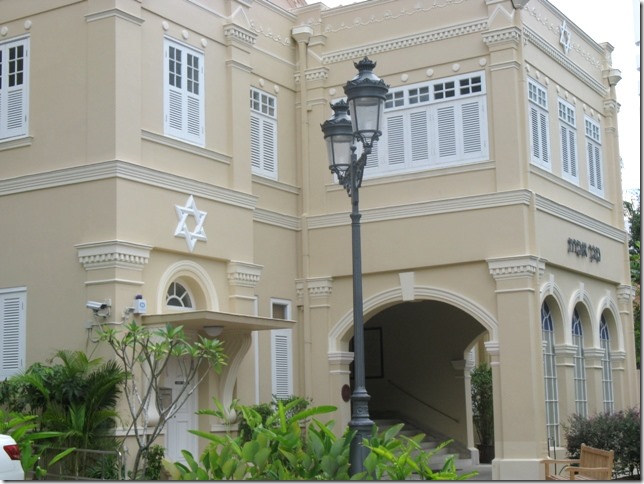
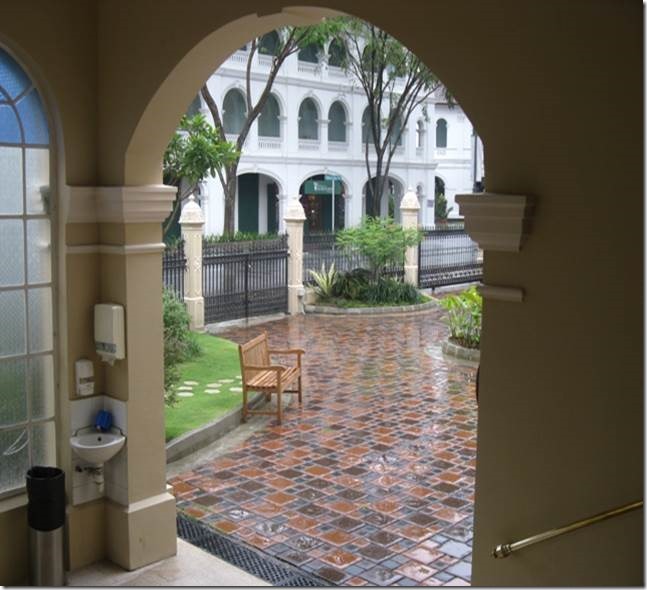
The front of the Synagogue Looking across Waterloo to the Singapore Art Museum. I would suspect the sink is so men can wash before they enter to pray.
By then it was about 3:30 and I was ready to head home which is how I feel about the boat. I learned that Dhoby Ghaut was even closer than the Bugis MRT and didn’t require train changing so walked back to where I had started earlier that morning. It was definitely an experience. I guess that I expected more, but then maybe they did too. After all, being Jewish maybe they thought I should want something more from the synagogues than quick photos. I kinda did and kinda didn’t. Maybe I’ll go back and learn a little more. If we were to be here longer, I definitely would. But two months goes so fast and you have too little time to be repeating too many things. So we’ll see. Afterall, it’s just a short walk from the Library.
The following information comes from The Jewish Welfare Board http://www.singaporejews.com/ourcommunity/history.htm
Singapore is a melting pot of both East and West. Caught betwixt and between the different cultures, this tiny but vibrant island commands an elite position in East Asia. From its colonial days, Singapore has positioned itself as a major port-of-call and has grown into a world-class financial center. Singapore has, from her early independent days, positioned herself to become one of the world’s biggest business and finance centers. And from Singapore’s colonial days, the Jews of Singapore have contributed productively to the nation’s success and development story.
The first Jews to settle there were of Baghdadi origin, mainly from India, who migrated to Singapore when Sir Stamford Raffles established Singapore as a trading post in Singapore in 1819, to find new opportunities.
A couple of decades after the Sultan in 1824 sold the 200 square mile area to England, the Jewish community was large enough to build a synagogue, in 1840, seating 40 persons on what is still known as “Synagogue Street” in the what is now the Financial District.
Within thirty years, the community had blossomed immensely, necessitating the building of a larger Synagogue. In 1875 the community purchased land on what was then called “Church Street” to build a larger Synagogue. In 1878, Maghain Aboth Synagogue was established. It is now the oldest synagogue in East Asia.
An interesting and influential figure at the turn of the century was Sir Manasseh Meyer. A rich Jew (who was then probably the wealthiest in the Far East), he was knighted by Queen Victoria for his part in raising the cultural level of the Singapore territory. In 1905, due to an increase in population and conflict with some of the community members, he built his own synagogue, Chesed El, on his private estate. His son, Reuben, also endorsed a community centre in his name. Both synagogues have been gazetted as national monuments by the Singapore government.
The 1931 census records that the 832 Jews and the larger number of Arab residents were the largest house property owners in the city.
There were over 1,500 Jewish inhabitants by 1939, when World War II broke out, and the Japanese took over Singapore, The Rock of the East, in a daring surprise attack. Many of the Jews were interned by the Japanese, who were part of the Axis Powers during World War II. After the war, a number subsequently emigrated to Australia, England, the United States, and Israel. As a result, by the late 1960s the community dwindled to approximately 450.
As trade opportunities increased so did the wealth, influence and population of the Jewish community. Apart from their contribution to commerce, Jews have taken a considerable part in political life and in 1955 David T. Marshall, a Jew of Iraq origins, became the first chief minister of the Republic, while Dr. Yayah Cohen became Surgeon General.
Today, there are just over 300 hundred local Jews left, together with the many expatriates and foreign workers, the Singapore Jewish community holds steady at approximately 1000. Both synagogues are active. Despite the small numbers, our community has much to offer her members; a good Jewish education for the youth, weekly discussions, up to the minute gossip and Sabbath luncheons and dinners, which will help to keep the spark burning for generations to come.
The Maghain Aboth Synagogue is open throughout the year, with thrice daily services, while Chesed El conducts Monday morning services and opens throughout the High Holidays. The synagogue is the nucleus of the community. It embodies a sense of unity and perseverance.
The Jewish Welfare Board, a committee of volunteers elected yearly by the Community oversees and manages the community’s affairs
Our Rabbi, Rabbi Mordechai and his wife Simcha Abergel have been serving the community tirelessly and assiduously for over 15 years providing many new facilities and services never experienced before in Singapore, and continue to do so together with our most recent addition, Rabbi Netanel Rivni and his wife, who arrived in 2007.
In each of the last seven years, Chabad has sent a group of their students to help out with the Singapore Jewish community
With the efforts and influence of Mrs. Simcha Abergel and a team of dedicated parents, a Jewish Nursery Day School “Ganenu” was set up. With over 70 children, its students include children from the local community, and expatriates. Ganenu, in the coming will, God willing, see an expansion into primary school, starting with year one and adding as the years progress. Within a few years we should see a fully functional school, providing a Jewish education for all our children, for all ages.
In 2007, a new Jewish community centre opened next door to the Maghain Aboth Synagogue, the Jacob Ballas Centre, named for a local Jewish stock broker, once was chairman of the Singapore Stock Exchange. In this remarkable testament to a great man, all of the Jewish communities’ immediate needs are provided for. It contains offices and apartments for the Rabbis and the Yeshivah Boys, it also has a women’s Mikvah, a slaughtering room for fresh kosher organic chickens, a full service restaurant, a kosher shop and a social hall for Shabbat kiddushes and other functions.
The legacy of a number of Jewish people lives on as seen on the names of various buildings, roads and institutions. Some buildings bear the Star of David, concrete proof of a once wealthy Jewish family. Apart from their contribution to commerce, Jews have taken a considerable part in political life and in 1955 David T. Marshall became the first chief minister of the Republic.

